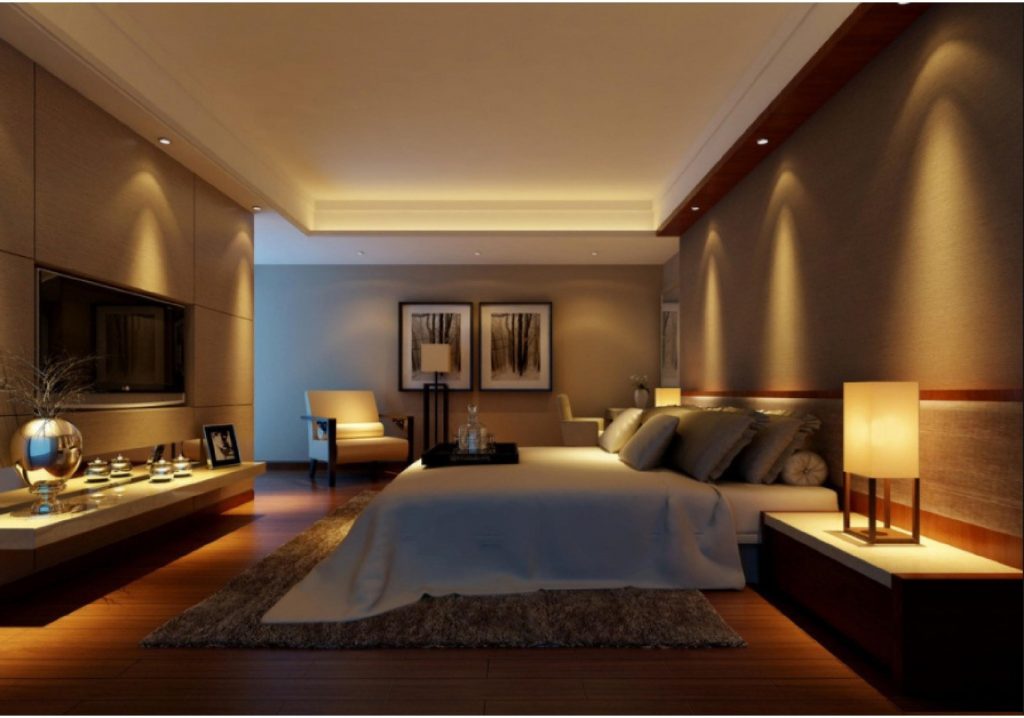Table of Content
Therefore, the need for quality, convenient testing is crucial, and this type of test is growing in popularity among patients. There is no audio sensor on the sleep test, but those who snore get less oxygen per breath than those who don’t. In addition, it takes a snorer more effort to breathe in than a non-snorer. While the presence of snoring doesn’t alone indicate sleep apnea, it’s one of the signs we look for. We’ll monitor this through a combination of sensors on the sleep test. A home sleep study doesn’t actually measure your sleep; it measures your breathing while you sleep.
You might consider bringing in a sleep diary that contains a record of your sleeping habits. If your doctor thinks you could have sleep apnea, they will refer you to a sleep specialist or sleep clinic. Sleep tests are categorized according to how much and what type of data they collect. For example, in-lab polysomnography performed with a technician is classed as a type 1 sleep test. Home sleep apnea tests are generally type 3 or 4 tests, which collect less data.
How Can I Prepare for an In-Lab Sleep Study?
Your provider will perform a comprehensive sleep and health evaluation during your first appointment in order to diagnose the causes of your disrupted sleep. Your provider will then determine the appropriate treatment based on your sleep evaluation. You can book your appointment with any provider that we have available. Our providers all work closely together to make sure that we are providing the same excellent standard of care to all patients regardless of which provider you book your appointment with.
Until you wake up and remove the sensors in the morning, the device will continue to collect data throughout the night. There are different types of home sleep apnea test devices using different combinations of sensors. They generally record your breathing rate and airflow, as well as oxygen levels and heart rate.
Mayo Clinic Press
Testing for sleep apnea at home, as opposed to a clinic, can be more comfortable and less expensive. If your doctor suggests polysomnography to diagnose sleep apnea, you might inquire about the feasibility of conducting the test at home. Whether or not you have to pay anything out of pocket is determined by the coverage limits of your insurance policy. Find out if a sleep study is covered by your health insurance plan by contacting your provider. The purpose of sleep research is to learn more about a person’s sleep habits and the physiological processes that occur while they are sleeping.

For single parents, caregivers, or anyone else who can’t commit to a night out of the house for a lab study, the convenience of a home sleep study cannot be beaten. The average cost of an in-lab sleep study is around $1,000 to $2,000, and most insurance companies—including Medicare—will cover the bulk of this expense. If you have a sleep disorder that is affecting your quality of life, such as excessive daytime sleepiness or loud snoring, you may benefit from an at-home sleep study. A home sleep apnea test, for example, can zero in on sleep apnea and help you get the treatment you need. Not all sleep disorders can be diagnosed with an at-home sleep study. And not everyone with a sleep disorder will benefit from an at-home study.
What Happens in a Sleep Study?
Instead, it will monitor your breathing patterns, including how hard you are working to breathe and how deeply you are breathing. All of these sensors are hooked up to a small device about the size of a smartphone that records the data. When the night is over, you send the machine back to the sleep lab for analysis, and the results are sent to the provider to discuss your results, diagnosis, and treatment options. We ask that you refrain from alcohol and caffeine in the afternoon and evening of your sleep study. During your consultation, we explain how to use the technology to perform your test correctly.

Home sleep studies have become the top choice for people around the US because they’re simple, convenient, and you can take the test from the comfort of your own bed. Compared to in-clinic polysomnography, at-home sleep studies offer several advantages. Being able to take a sleep study in the comfort of one’s own home has led at-home sleep studies to become increasingly popular. However, while at-home sleep studies are generally considered effective, they do have some limitations. It is normal to sleep less than usual during polysomnography because of the sensors and the unfamiliar environment. This typically does not affect the results of your test, but let your doctor know if you have any concerns.
You’ll get more sleep and more data for your sleep expert to analyze. With SleepTest.com, it’s comfortable, easy to use, affordable, and just as accurate as a lab study. However, at-home sleep studies are becoming more commonly recommended by doctors for people with symptoms of moderate to severe OSA.

You may be advised to avoid drinks or food containing alcohol or caffeine during the afternoon and evening before polysomnography. Alcohol and caffeine can change your sleep patterns, and they may make symptoms of some sleep disorders worse. Home sleep apnea testing uses a limited number of sensors to focus primarily on diagnosing obstructive sleep apnea .
Although you probably won't fall asleep as easily or sleep as well at the sleep center as you do at home, this usually doesn't affect the test results. A full night's sleep isn't required to obtain accurate polysomnography results. It’s also worth noting, however, that the real purpose of polysomnography is to get an accurate picture of where and how sleep fits into your regular routine. Don’t drastically change anything about your typical day before your sleep study so your sleep technologist has the best representation of your average sleep quality. The goal of a sleep study is to learn what happens with your breathing when you sleep.

At-home tests are typically used to confirm the suspected presence of OSA. If your doctor orders an at-home test, or you qualify as a test candidate without first visiting your doctor, you will administer the test yourself in the comfort of your own home. Troublesome daytime symptoms that could be connected to sleep apnea, and either self-determine or receive a physician recommendation to undergo a sleep study. Learn more about the steps involved in this form of remote sleep testing. Experts estimate that upwards of 25 million Americans have obstructive sleep apnea.
But some people might prefer and have the option of taking a sleep study test at home. However, home sleep apnea tests are more convenient, may be more affordable, and you may sleep better in your own bed than at a clinic. If your doctor recommends polysomnography to detect sleep apnea, you can ask whether a home study may be an appropriate alternative.
When you sleep, your muscles relax, including the throat and chest muscles that help you breathe. If you have sleep apnea, relaxation of throat muscles combine with a narrowed airway to interrupt breathing. The last step is to receive your custom treatment and start using it. As long as you use it each time you sleep, you’ll be free from the draining effects of sleep apnea. After receiving your diagnosis and letter of medical necessity, you’ll have a telemedicine visit with your doctor. There are no extra trips to the doctor’s office where you wait long after your appointment time to see your doctor.
Your care doesn't have to stop with a Sleep Study.
The number of devices used in your home sleep apnea test depends on if your medical provider orders a type 3 or type 4 study. During home sleep apnea testing, a patient’s breathing, heart rate, and other factors are monitored throughout the night. However, compared with polysomnography, home testing delivers less information, and the process is not monitored by a technologist. Continuous positive airway pressure titration is a standard method of treating sleep apnea. CPAP titration is the process by which a technologist determines the optimal air pressure setting for a patient using a CPAP machine before sending them home with their device. A two-night sleep study is an option when sleep apnea is suspected.
They might give you a sleep apnea diagnosis and prescribe treatment such as a continuous positive airway pressure machine. Alternatively, they might inform you that your results were negative or inconclusive. In the case of negative or inconclusive results, you might be asked to undergo an in-lab sleep study. If you consistently wake up with a headache, dry mouth, excessive daytime sleepiness, or lingering fatigue, you may have obstructive sleep apnea . Obstructive sleep apnea is a sleep disorder characterized by loud snoring and constant episodes of obstructed breathing. The disorder affects over 25 million Americans and puts them at risk of high blood pressure, stroke, cognitive impairment, and central nervous system damage.

No comments:
Post a Comment